Conclusion
The Legacies of Reconstruction
Freedpeople of the Sea Islands struggled to realize the civil rights that all Americans deserve today, yet many still struggle to achieve.


Penn Center (formerly Penn School), Brick Baptist Church, and the Beaufort Arsenal remain lasting institutions and symbols of Reconstruction in the Sea Islands. The Penn Center hosted Civil Rights activists like Martin Luther King Jr., Ira Sandperl, Jesse Jackson, and Joan Baez, and continues to support community initiatives today.
Reconstruction’s Enduring Achievements
In the Sea Islands, several institutions created by and for African Americans during Reconstruction survive to this day. Freedpeople made enormous gains in literacy and education in the years after Reconstruction. Though they remained segregated and underfunded, Black public schools thrived.
The Mather School, founded in Beaufort in 1868 to train young Black female teachers, lives on today in the form of the Technical College of the Low Country. The Penn School, founded on St. Helena in 1862, hosted Dr. Martin Luther King, Jr., and other human rights activists for retreats in the 1960s. It now thrives as Penn Center, with a museum and public programs that educate visitors and support land ownership for the local African American community.
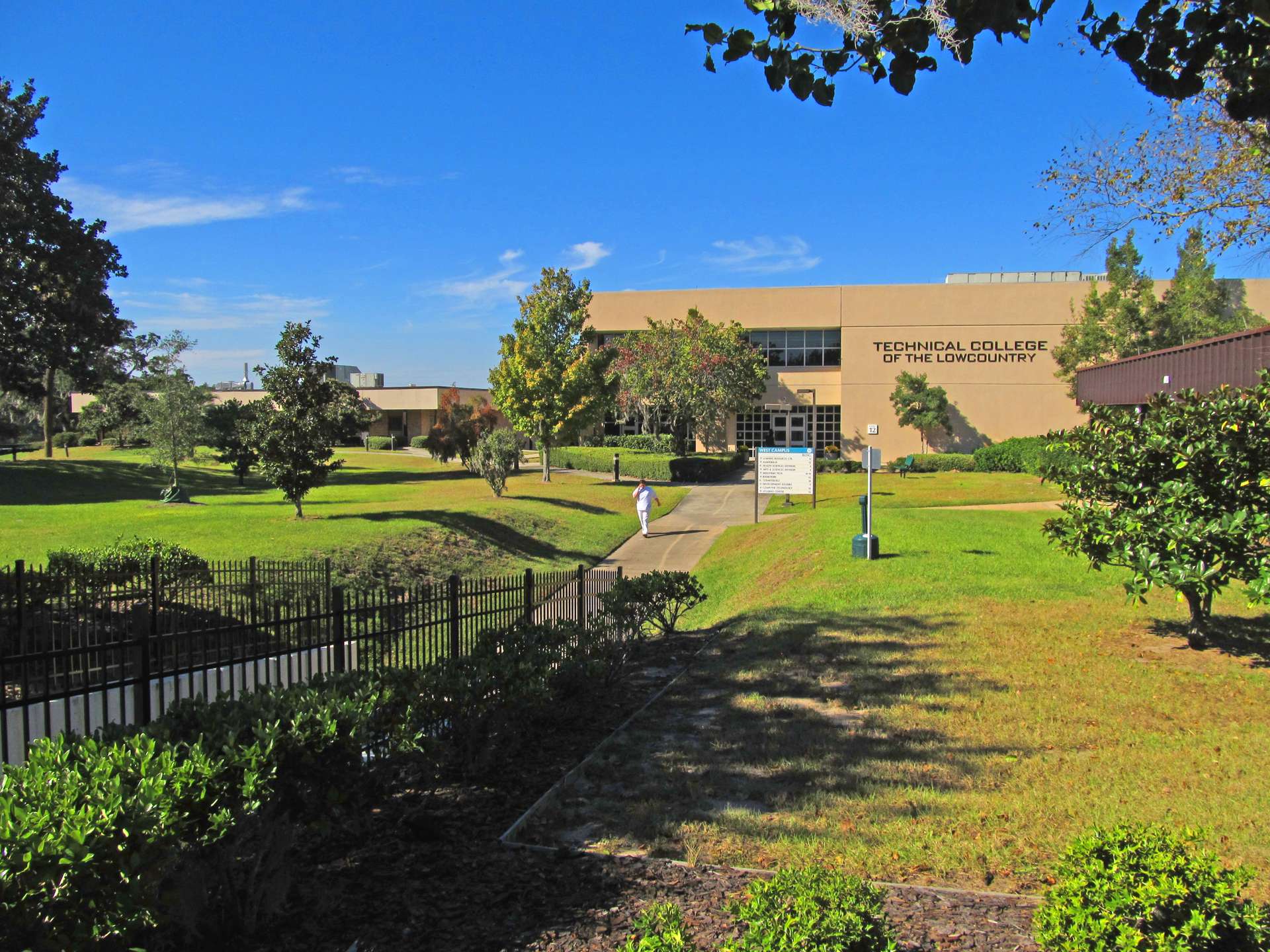
Technical College of the Low Country
In the Sea Islands and across the South, Black churches like the Brick Church continued to flourish after Reconstruction. They became the heart of the grassroots civil rights movement in the 1950s and 1960s. A vibrant network of Black newspapers also appeared in the final decade of Reconstruction. These newspapers were a huge force for business and community development, literacy, and civil rights activism.

National Park Service
Many Black communities formed before and during the war stayed together. They encouraged Black-owned and operated businesses and nurtured a growing Black middle-class, creating a new image of Blackness to oppose racist stereotypes in white-majority culture.

App Stop
In the Free & Equal mobile app, you get to have a first-hand experience with these sites of educational impact. Download the app and listen to stop 6, which drives you past the Mather School.
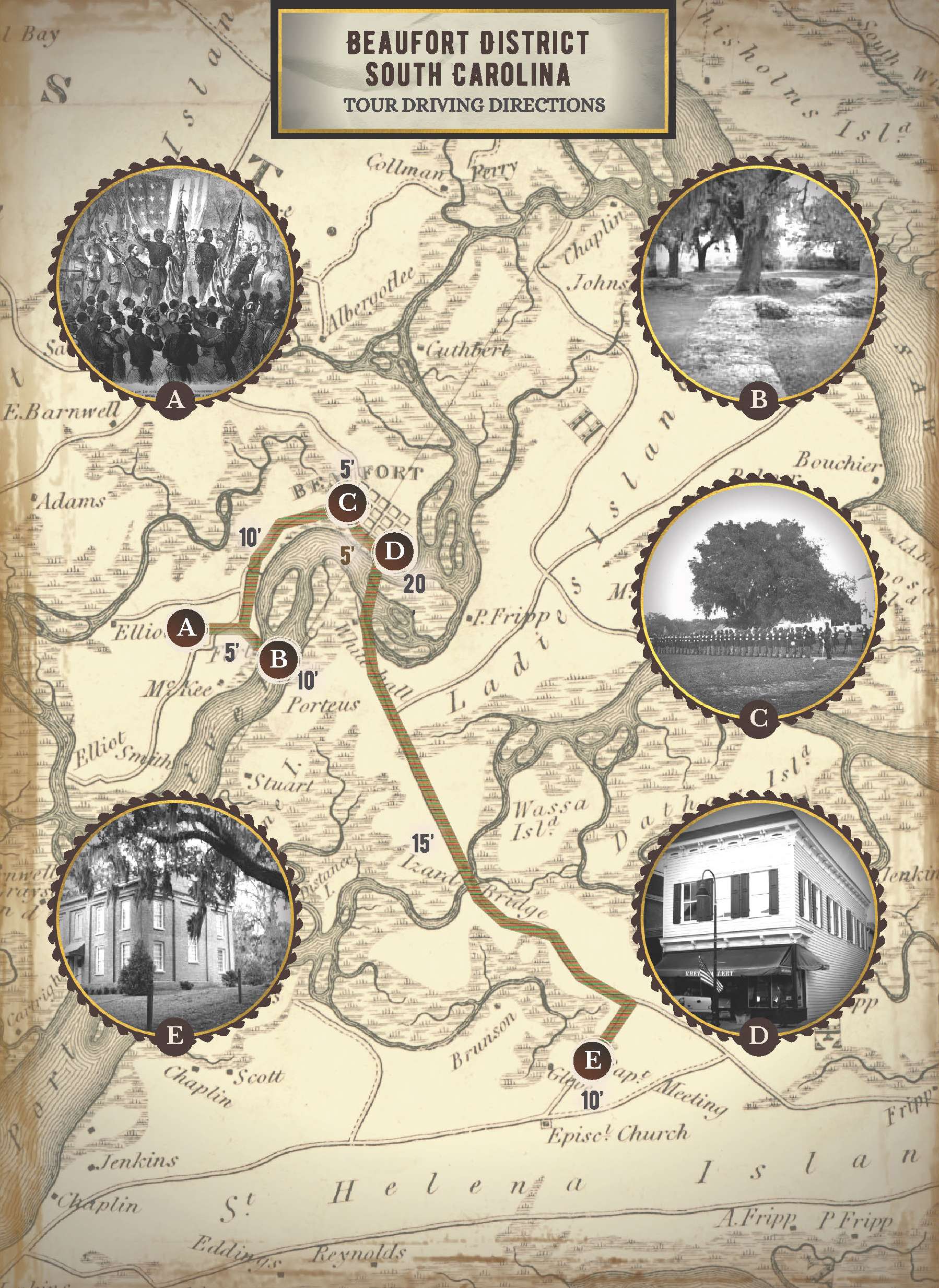
To download the mobile app visit freeandequalproject.com
The “Lost Cause” Mythology
In the aftermath of Reconstruction, pro-Confederacy Southerners and some Northern whites worked tirelessly to promote the idea that the Civil War had been an act of Northern and federal aggression against the civilized South. They called Reconstruction a “tragic era,” when corrupt Northern businessmen and politicians tried to seize power. They portrayed freedpeople as incapable of freedom and undeserving of equality. They cast plantation owners and the KKK as chivalrous heroes.
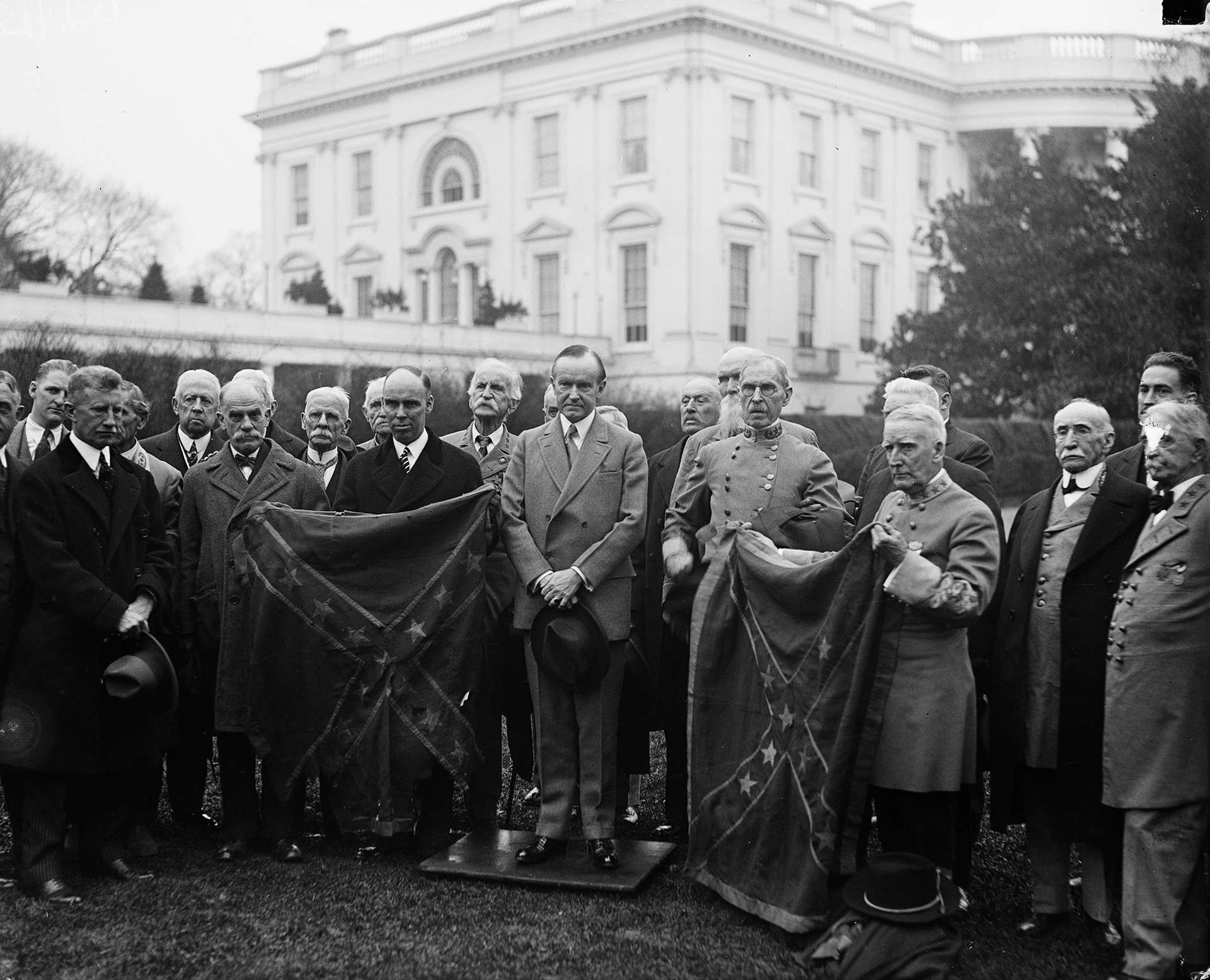
Harris & Ewing, photographer. 1927. [December] Photograph. Library of Congress
This distortion of Reconstruction spread with the success of films like Birth of Nation in 1915 and Gone with the Wind in 1939. Now known as the “Lost Cause” mythology, this framing would soon be taken for granted by many white Americans as the true history of this period. Many still believe aspects of this story today, though historians have demonstrated this myth was a deliberate misrepresentation.

Theatrical release poster for The Birth of a Nation, distributed by Epoch Film Co. 1915. Chronicle of the Cinema. (London: Dorling Kindersley), p. 111. Public Domain

Gone with the Wind, MGM. Public Domain
A Legacy Alive Today
Recently, a renewal of public interest in and scholarship on the Reconstruction period has led to advances in understandings of this period. Educators at all levels have increasingly emphasized the successes won by African Americans, despite their struggles. Most notably, the Reconstruction Era National Historical Park was established in 2017 in Beaufort County. The park’s mission is to recognize the historic significance of this critical time, both in the Sea Islands region and beyond.

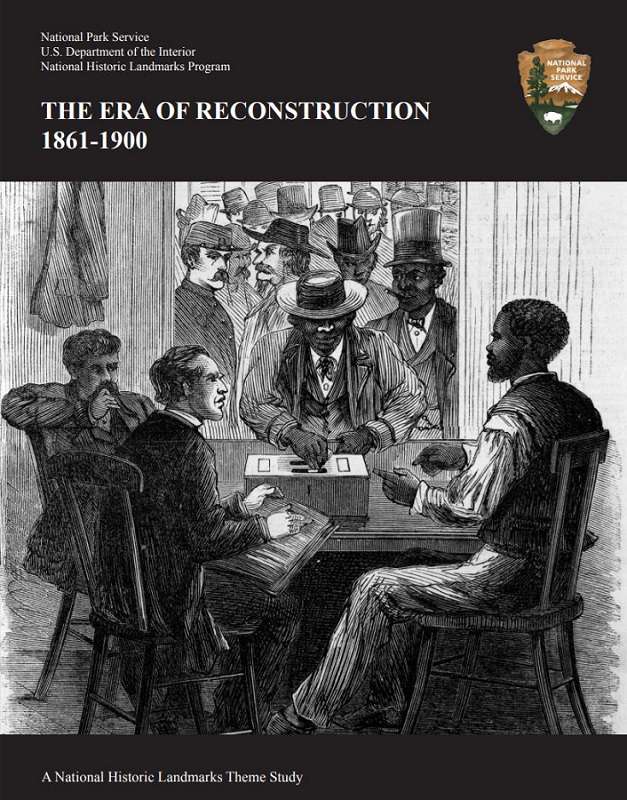

App Stop
The Free & Equal mobile app connects this history to the present through interviews with Darius Brown, Sgt. Isaiah Brown’s great grandson. Born 130 years after Isaiah left the First South Carolina Colored troops, Darius researched his genealogy to learn about Isaiah’s experiences during Reconstruction. He was able to draw direct lines from the land he lives on to Isaiah's banking, land ownership, and military service. Darius became a researcher at the Center for Family History in the International African American Museum in Charleston, SC.

To download the mobile app visit freeandequalproject.com
While many obstacles remained after the Rehearsal ended, conditions for freedpeople in the Sea Islands represented a huge step forward for Black people. In other parts of the South, they faced a much slower, less complete version of freedom. The arrival of freedom in Port Royal brought together four groups of people who needed each other to succeed: freedpeople, U.S. military troops, Northern businessmen, and educators. Sometimes their interests did not align, and the necessary compromises were extremely hard fought. But together they built a version of Reconstruction in the Sea Islands that both preceded, and in some ways, exceeded what happened elsewhere in the South.

Appears courtesy of People’s World
Reconstruction was a period when the nation, pushed by African Americans to fulfill its highest ideals, grappled with the meaning of a free society and multiracial democracy. Speaking about W.E.B. DuBois’ 1935 book Black Reconstruction: An Essay Toward a History of the Part which Black Folk Played in the Attempt to Reconstruct Democracy in America, 1860–1880, Martin Luther King Jr. captured the era’s profound impact on American history:
…far from being the tragic era white historians described, [Reconstruction] was the only period in which democracy existed in the South. This stunning fact was the reason the history books had to lie because to tell the truth would have acknowledged the Negroes’ capacity to govern and fitness to build a finer nation in a creative relationship with poor whites.
One of the most enduring legacies of the Rehearsal for Reconstruction is this: It illustrates that freedpeople were able to make great gains in achieving freedom and equality in a short period of time. They did so largely independently, when afforded basic protections and civil liberties. These are the same protections and civil liberties that all Americans deserve today, yet many still struggle to achieve.
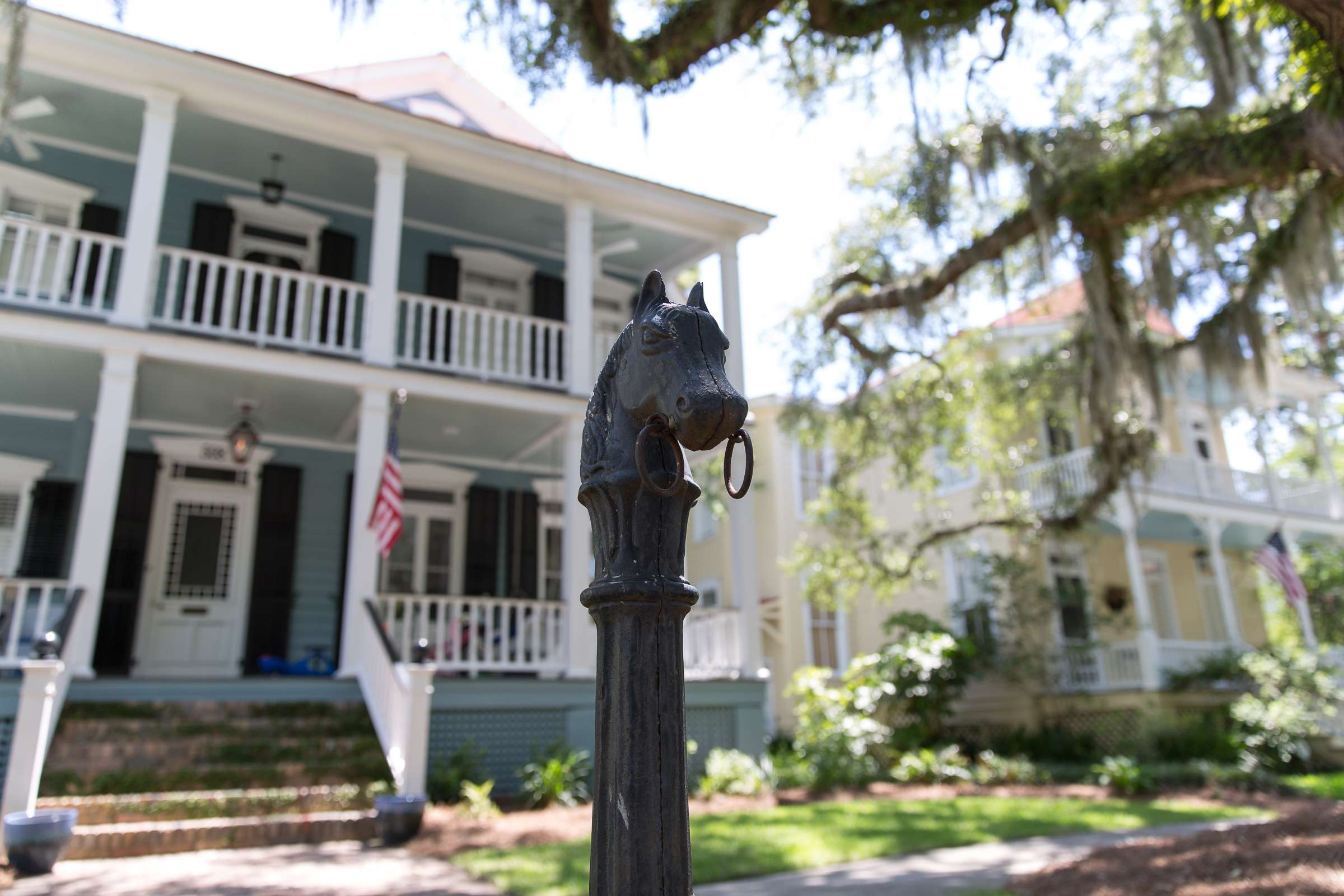
Next Chapter
About the Project
The Free & Equal project was the product of a collaboration between leading scholars, educators & designers.